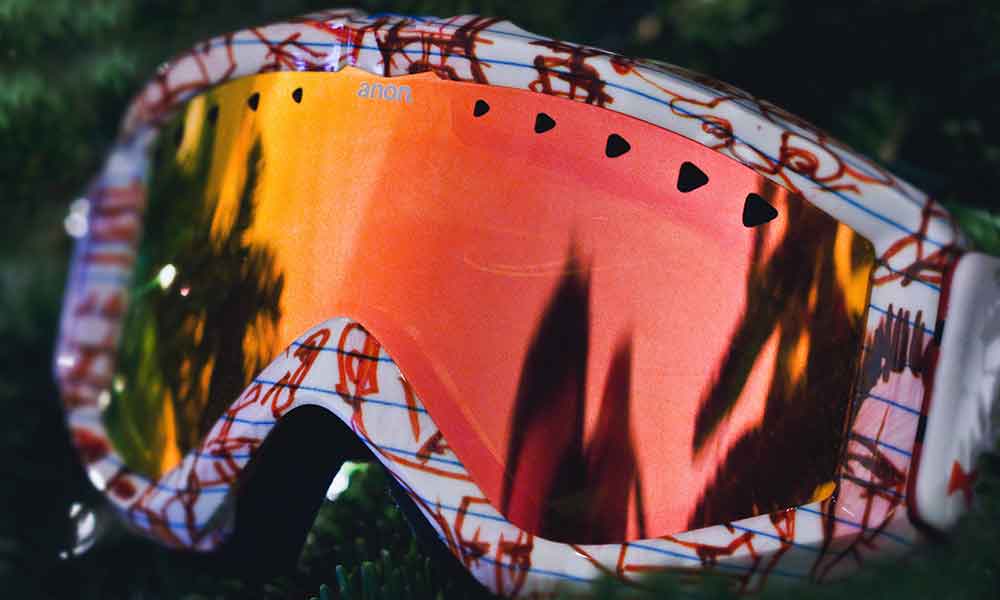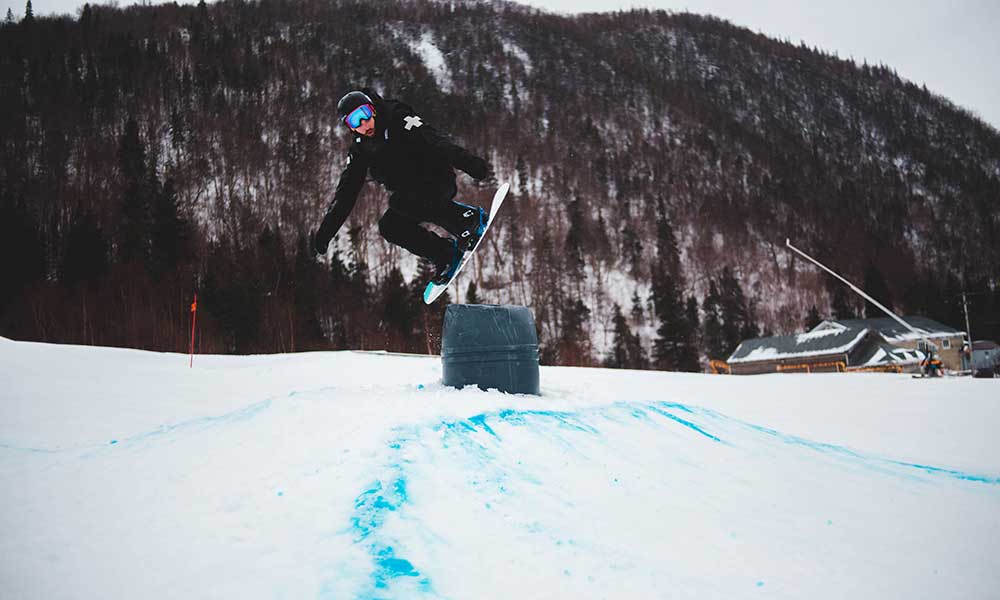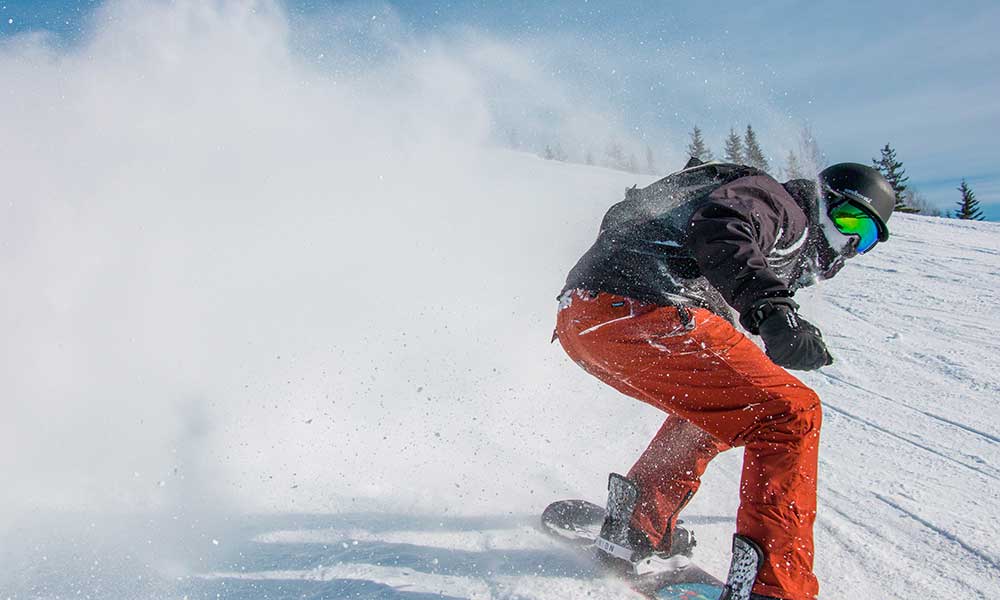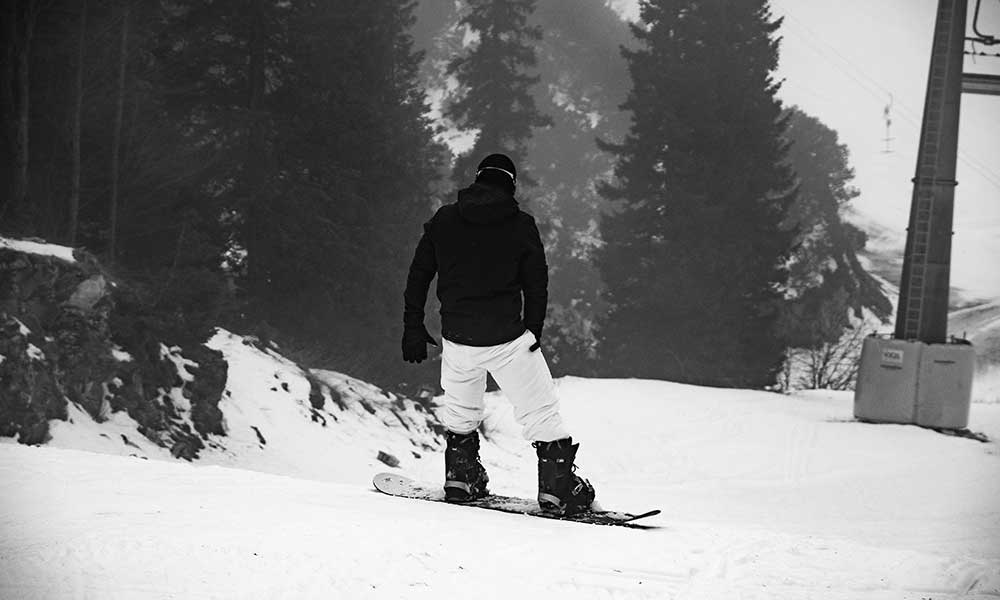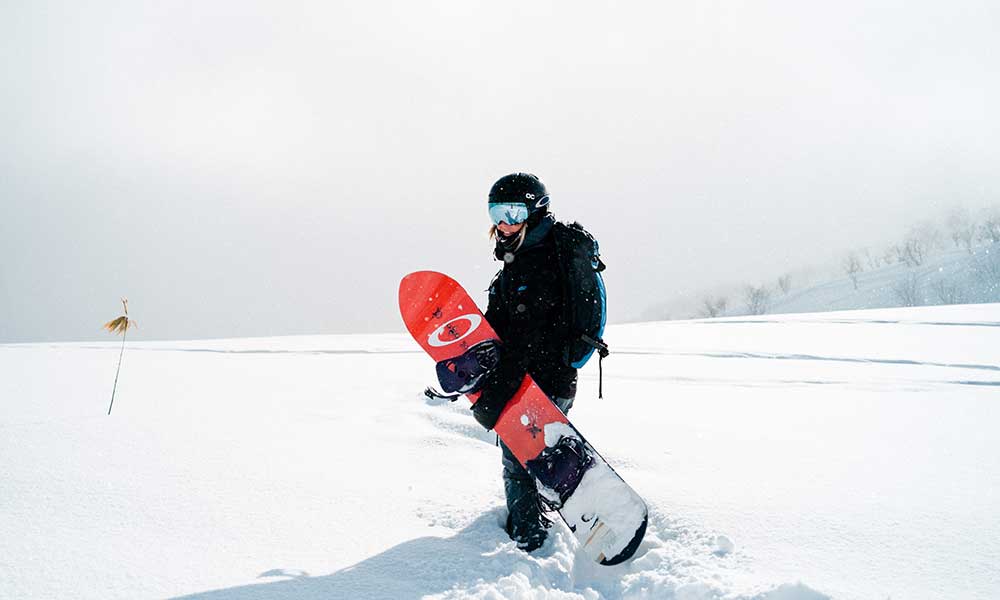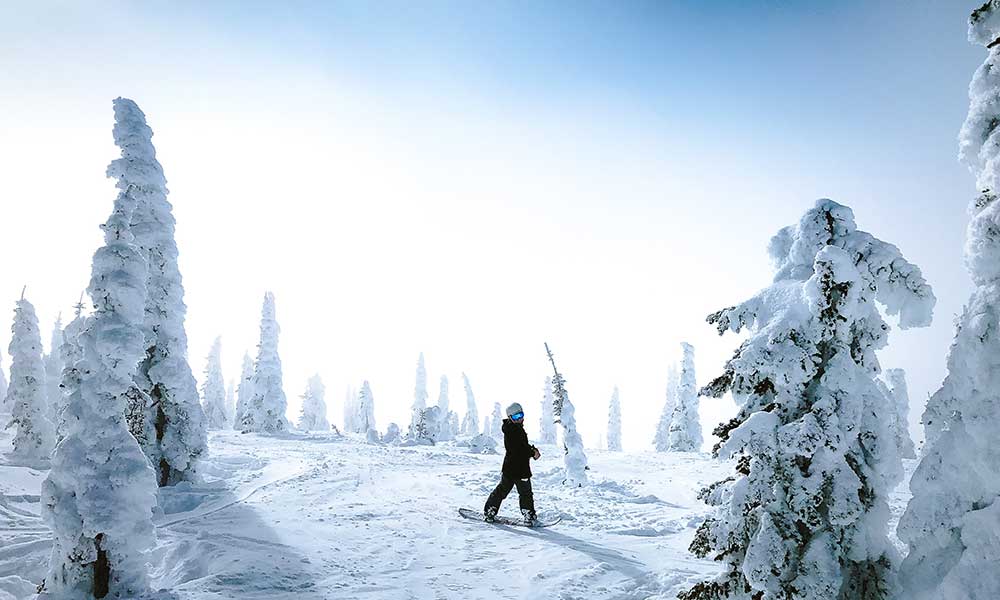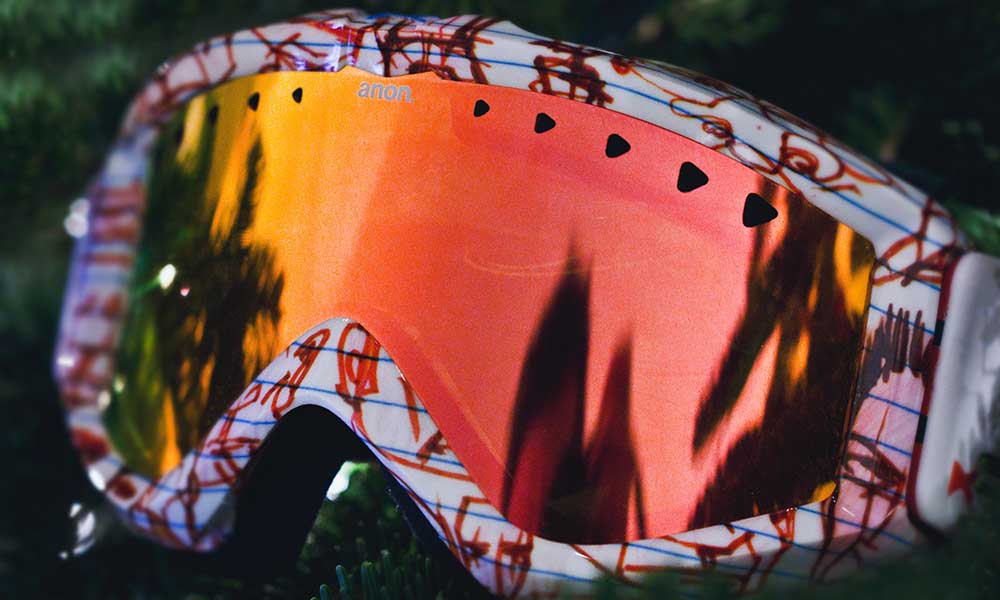With so many different lens colors to choose from, it can be hard to know what’s right for you.
Which goggles are best for your snowboarding session will depend on a few factors.
What Color Goggles are Best For Snowboarding?
Preference and aesthetics play a role in determining which goggles are best, but you need to consider the conditions as well. All in all, lenses aren’t just tinted to make you look cool or to help you to match your goggles with your outfit. They serve a practical purpose, as well.
Here are the options that you can choose from.
Clear Ski/Snowboarding Goggles
Clear ski goggle lenses don’t have any color and are 100% translucent. They are similar to the protective goggles that you wear to stop sawdust getting in your eyes, albeit with straps and fittings that are designed for skiers and snowboarders.
Are Clear Ski Goggle Lenses Good for Snowboarding?
A clear goggle lens is best suited for low-light conditions. If there’s a lot of light and glare, and you’re riding in the early hours of the day, these goggles will effectively leave you blind. But if you’re snowboarding when it’s overcast or even enjoying a spot of nighttime snowboarding, they are ideal.
Yellow Ski/Snowboarding Goggles
Yellow ski goggle lenses, just like clear ones, work best in low light. They serve a different purpose, though. Not only do they ensure that the wearer’s view is not obscured, but they may help them to pick out key details in the terrain.
Are Yellow Ski Goggle Lenses Good for Snowboarding?
A yellow ski goggle lens is best for low-light snowboarding, particularly over uneven and tricky terrain. These lenses will help you to see more detail than clear lenses and lenses of other colors.
If there are a lot of moguls on your intended terrain, grab a pair of yellow goggles.
Blue Ski/Snowboarding Goggles
Blue ski goggle lenses work well in bright light and are great for reducing glare.
Are Blue Lenses Good for Snowboarding?
If you’re snowboarding in high light conditions and need something to reduce the glare without completely blocking the light, blue lenses could be ideal.
Rose Ski/Snowboarding Goggles
Rose/pink ski goggle lenses work in an array of light conditions, from low light to medium light. They are not quite general-purpose, as they are not as good at blocking bright lights and glare, but they’re good for most other conditions.
Are Rose Ski Goggle Lenses Good for Snowboarding?
When dark goggles are too strong and the conditions are not quite right for clear lenses, try a rose lens tint.
Black Ski/Snowboarding Goggles
Dark tint goggles may feature colors such as black or brown, and they come in varying shades. The purpose is usually the same, as they’re designed to block bright lights.
Are Black Lenses Good for Snowboarding?
Dark tint ski goggle lenses are best for when there is a lot of light and glare, but they won’t work in low-light conditions.
Think of it in the context of wearing sunglasses. They are fantastic when you’re outside in the bright sunshine as they’ll block the light from above and the glare from mirrored surfaces all around you. But when you step into a poorly-lit building, you’re practically blind.
In addition, dark tint goggles can improve your depth perception on the slopes.
Other Types of Goggle Lenses For Snowboarding
Goggle lenses are available in a huge spectrum of colors, many of which serve similar—but slightly different—purposes to the ones listed above:
- Amber Ski Goggle Lenses: Helpful in low-light conditions.
- Gray Ski Goggle Lenses: A gray ski goggle lens is somewhat of an all-round color as it works in a variety of conditions.
- Green Ski Goggle Lenses: Provide a similar level of protection to blue-tinted ski goggles.
- Mirror Coated Ski Goggle Lenses: Contain a coated mirrored finish to reflect glare.
- Orange Ski Goggle Lenses: Similar to rose lenses in that they cater for a range of light conditions, with a preference for lower light.
- Red Ski Goggle Lenses: Good for high light conditions.
- Violet Ski Goggle Lenses: Combine higher detail with good glare protection.
What is the Best Goggle Lens Color?
As you can see, there are many lens tints and as these provide different benefits, there is no “best” option. Unless, that is, you’re willing to invest in photochromic ski goggles.
Photochromic ski goggle lenses are more expensive than the options listed above, but as they adapt to the light, they are also the most convenient. These ski goggles will become darker when the light is stronger and lighter when it’s weaker. You don’t need to worry about changing your goggles and only need to buy one pair.

